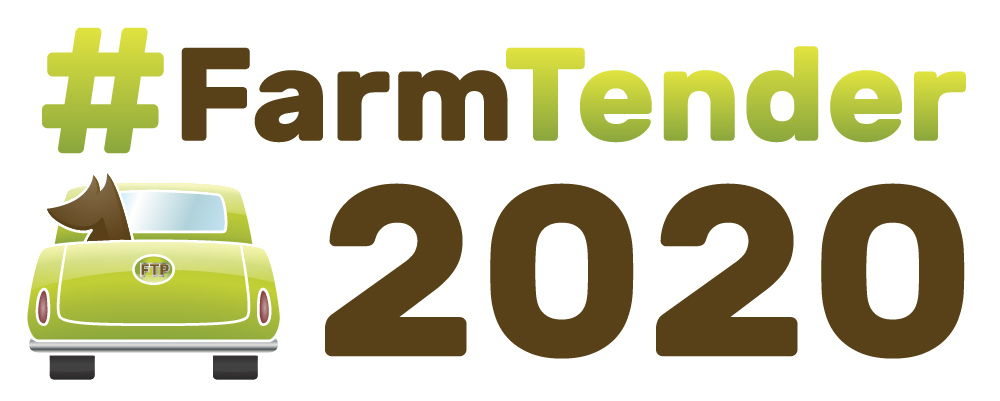Sheep flock to decline by 3.5% to 63.7 million
- By: "Farm Tender" News
- Ag Tech News
- Feb 24, 2020
- 417 views
- Share

This article is bought to you by Post Straightening Service.
Australia's sheep flock to decline by 3.5%
With a national inventory of 63.7 million head, this will be the lowest national flock reported in the last 116 years.
Drought season is going to have a major impact on Australian sheep inventory, according to a recent report from Meat and Livestock Australia. MLA Senior Market Analyst, Adam Cheetham, said the national flock is forecast to fall 3.5% to 63.7 million head by June 2020, representing the lowest national flock since 1904 and a cumulative fall of 12% since June 2017, before the latest drought.
“The impact and severity of consecutive drought years will be felt across both sheep and lamb supply in 2020 and for a number of years to come. Sheep slaughter is forecast to decline 22% to 7.2 million head in 2020 and lamb slaughter is anticipated to decline to 21 million head, which is 8% below the pre-drought peak in 2016. This reflects the impact of the diminished breeding flock, generally lower marking rates and the expectation of greater retention of ewe lambs on-farm,” he said.
The decline can be partially offset by higher carcass weight, a trend that started in 2019 and is expected to last this year.
#FarmTender2020 - Focus on Farming Systems - June 5th, Bendigo, Vic

Tickets available now - click here
"Lamb carcass weights are forecast to rise 2% to 23.8kg/head in 2020. This is due to the growing prevalence of supplementary feeding or lot feeding lambs, improved pasture availability and strong price incentives to feed lambs to heavier finished weights. As a result, lamb production is forecast to remain stable at 500,000 tonnes carcass weight (cwt), despite a decline in slaughter. The impact of the decrease in sheep slaughter will not be offset by the expected increase in sheep carcass weights of 2% to 24.7kg/head, with mutton production forecast to fall 21% to 178,000 tonnes cwt," explained the analyst.
Lamb exports are expected to set a new record this year, thanks to increased demand and a soft Australian dollar. On the other hand, the decline in the national flock will have a serious impact on the volumes of mutton exported. "Lamb exports are expected to lift 2% to 288,000 tonnes shipped weight (swt), supported by higher carcass weights and a greater portion of product entering export markets. Mutton shipments are forecast to decline 22% to 143,000 tonnes swt," added Mr. Cheetham.
While China's appetite for meat imports is expected to last through the year, demand for sheepmeat in this market may decline as the most recent reports regarding the sheepmeat production in China are talking about a self-sufficiency rate of 93%.
Nevertheless, the expected drop in production, combined with limited international competition, will offer support for mutton prices, which is expected to increase gradually.
Ad - Revamp those rusty steel post lying around and save on buying new ones. Call Post Straightening Service now - Ad 











Share Ag News Via